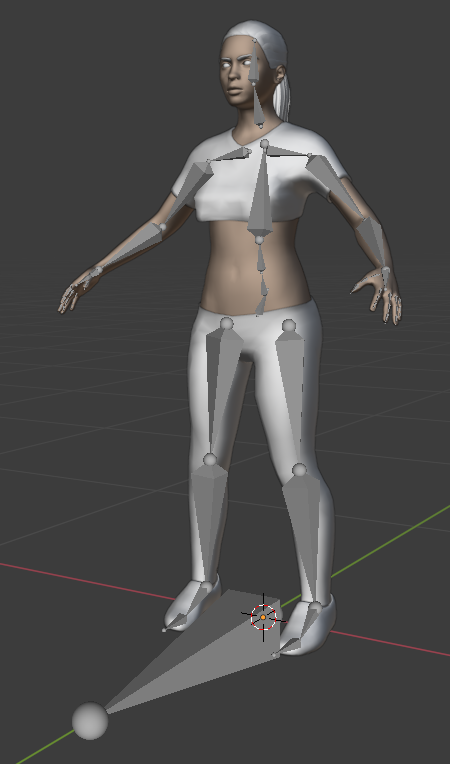

This system learns a network architecture that converts a face’s neutral 3D model into the desired facial expression. A nonlinear 3D face-modelling system based on neural networks has been proposed by Disney researchers. Using machine learning capabilities, Disney has simplified the process of designing and modelling 3D faces. Generative models, which may create very realistic results in sectors such as semantic photos or movies, are among the most recent technological achievements. Once done, users can easily export the file in FBX, GLB, and BVH formats. A user can manually retarget by going to the Retargeting tab in the Control panel and visualising the model, based on 24 source bones, PLASK motion capture is extracted. A modal will notify if automatic retargeting fails. Automatic retargeting is performed based on keywords and hierarchies in the image below. Plask provides for both manual and automatic retargeting. Video formats supported: mp4, mov, and avi.The running time for other frames is altered. Users should view the video at 30 frames per second.Angled video may have an impact on the outcome. For video recording, a horizontal angle is suggested.The person in the video should be clear to improve motion accuracy.Plask does not currently support multiple characters.



 0 kommentar(er)
0 kommentar(er)
